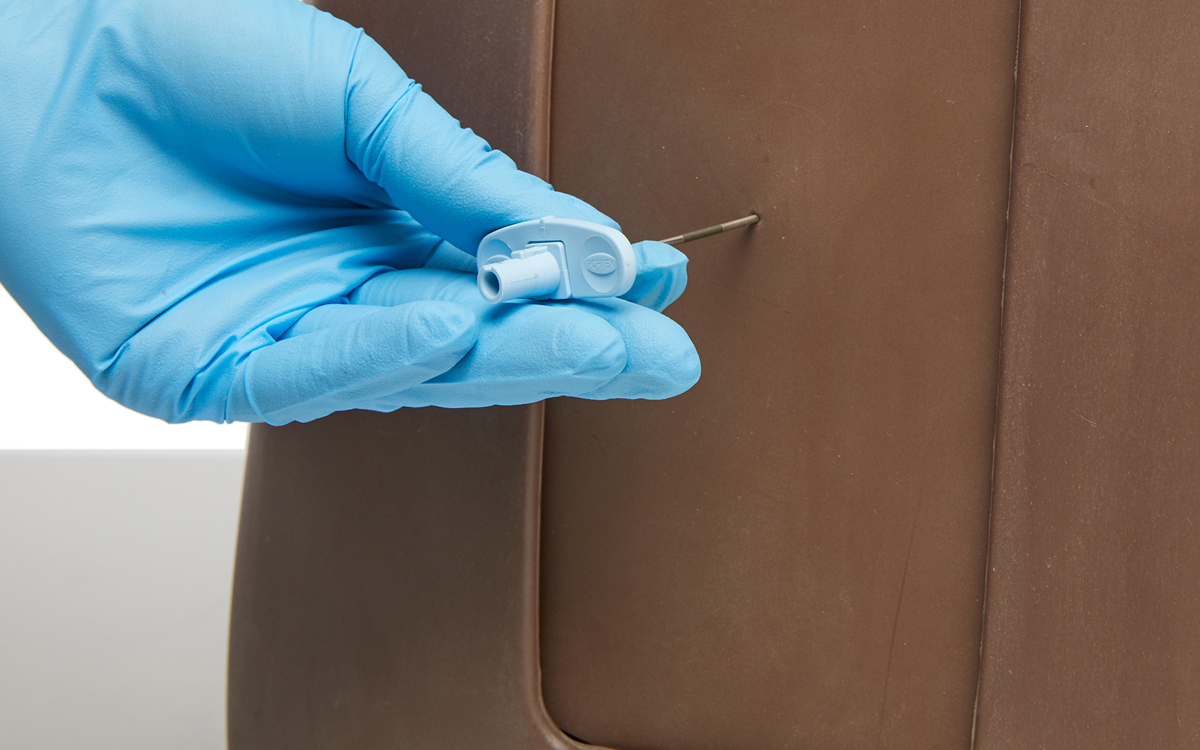How Epidurals Are Used To Safely Reduce Pain
Many people have heard of an epidural, either as part of a surgical or birthing experience. Also known as a “nerve block”, the epidural can be used to provide relief from chronic pain.

Epidural injections were first performed in 1901 as a safer alternative than general anesthesia at the time.1 Although very close anatomically, the epidural space is not the same as the subarachnoid (or intrathecal space), used primarily for lumbar puncture or spinal anesthesia. This diagram shows the anatomical locations of each:

Epidural injections may be single-dose or connected to a pump-controlled catheter for continuous infusion of medications that aid in pain relief. In surgery, an epidural may be used instead of general anesthesia for certain procedures below the waist and remain after surgery for postoperative pain management. In labor & delivery, more than 50% of women use epidural anesthesia to decrease the pain of contractions.2 Epidurals may replace general anesthesia in some cases during a Cesarean Section, allowing mom to stay awake to experience the birth. Epidural injections are also used in pain relief clinics to offer patients a more long-term solution to chronic pain in joints often caused by arthritis.
Like the lumbar puncture procedure, placing an epidural requires learning how to properly insert the needle using ultrasound or anatomical landmarks. Throughout recent literature, point-of-care ultrasound is increasingly becoming the standard of care for the placement of an epidural. One study published in July of 2021 shows that “prepuncture ultrasound assessment prior to lumbar epidural placement by the anesthesia trainees decreases the number of insertion attempts and frequency of dural puncture as compared to the conventional palpatory method. Ultrasound examination of the spine prior to puncture provides some important information including localizing the needle puncture site, depth of epidural space, and angle needed for needle insertion.”3 Unlike the LP, placing an epidural is a procedure completed only by certain specialties, such as Anesthesia or Pain Medicine.
According to the Institute of Medicine, an estimated 44% of preventable medical errors can be attributed to poor procedural skill performance.4 Over the past 20 years, simulation has been increasingly used to improve performance, especially for the novice learner. However, according to a 2018 study, “although simulation training offers benefits in the training of procedural skills, evidence demonstrating transfer to the clinical setting or positive impact on patient outcomes is limited.”5 Extending simulation to include progressive skill acquisition and critical error identification has now begun to show promise for novice learners to build not only competence but also confidence in their ability to transfer skills from the simulation center to the bedside.5
The Advanced Epidural & Lumbar Puncture model allows for repeatable, deliberate practice training in both landmark and ultrasound-guided Lumbar Puncture and Epidural procedures. Featuring two epidural inserts: standard, and an advanced version with steeper spine, the model is ideal for both early and advanced training for more complex procedures. This model also features optional fat pads to fit below the skin to increase realism and difficulty for trainees.
Did you like this article?
Share it on social media today and remember to tag us!

